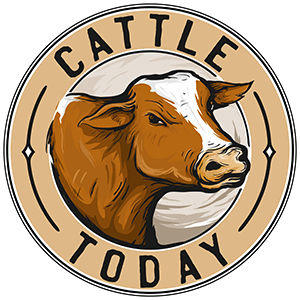DDG with 27% CP is $210/Ton at the local ethanol plant at the moment. That's right around 10 cents/lb... considerably cheaper than any tub or block... but you don't just go kick it out of the back of the pickup.
Depending on how crappy the hay we were able to purchase was, in any given year, we have fed anywhere from 5 to 15 lbs DDG/hd/day to supplement the 25-27# of mixed grass hay fed/cow/day. Significantly higher amounts of energy and protein are needed to meet the requirements for lactating, fall-calving cows. Comparatively, bred 'dry' cows can 'coast' with quite a bit less inputs - but if you're calving in cold weather, calf survivability will take a major downturn if your cows are protein-deficient in the last trimester.
Cattle synthesize Vit C in their liver. Virtually any Vit C you might provide in a dietary supplement will be destroyed by rumen microorganisms... so, unless you feel some bizarre need to inject cattle daily with an injectable Vit C preparation...
During 'sunny' seasons, cattle synthesize adequate Vit D, but we do know that they probably move into a deficient state in winter, and supplementation is helpful, though I doubt that many, if any beef producers do more than what may be in a mineral supplement... I know I never gave it a thought.
